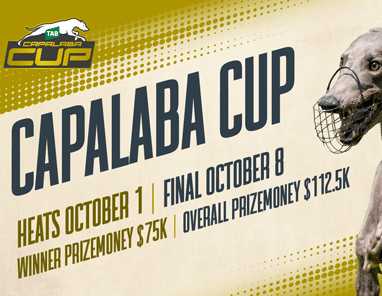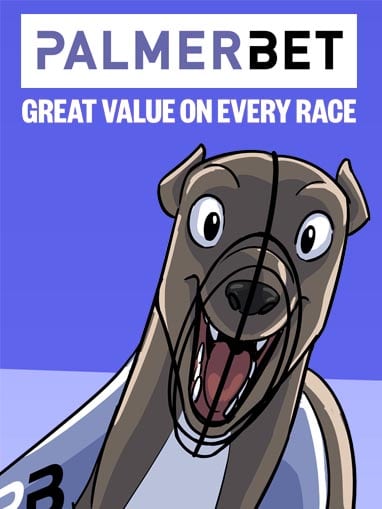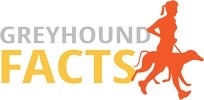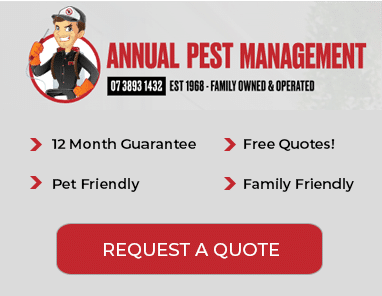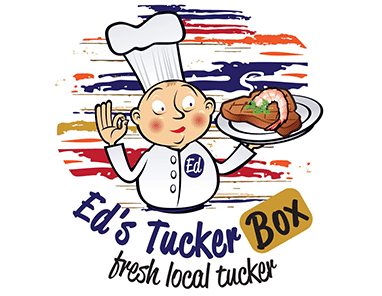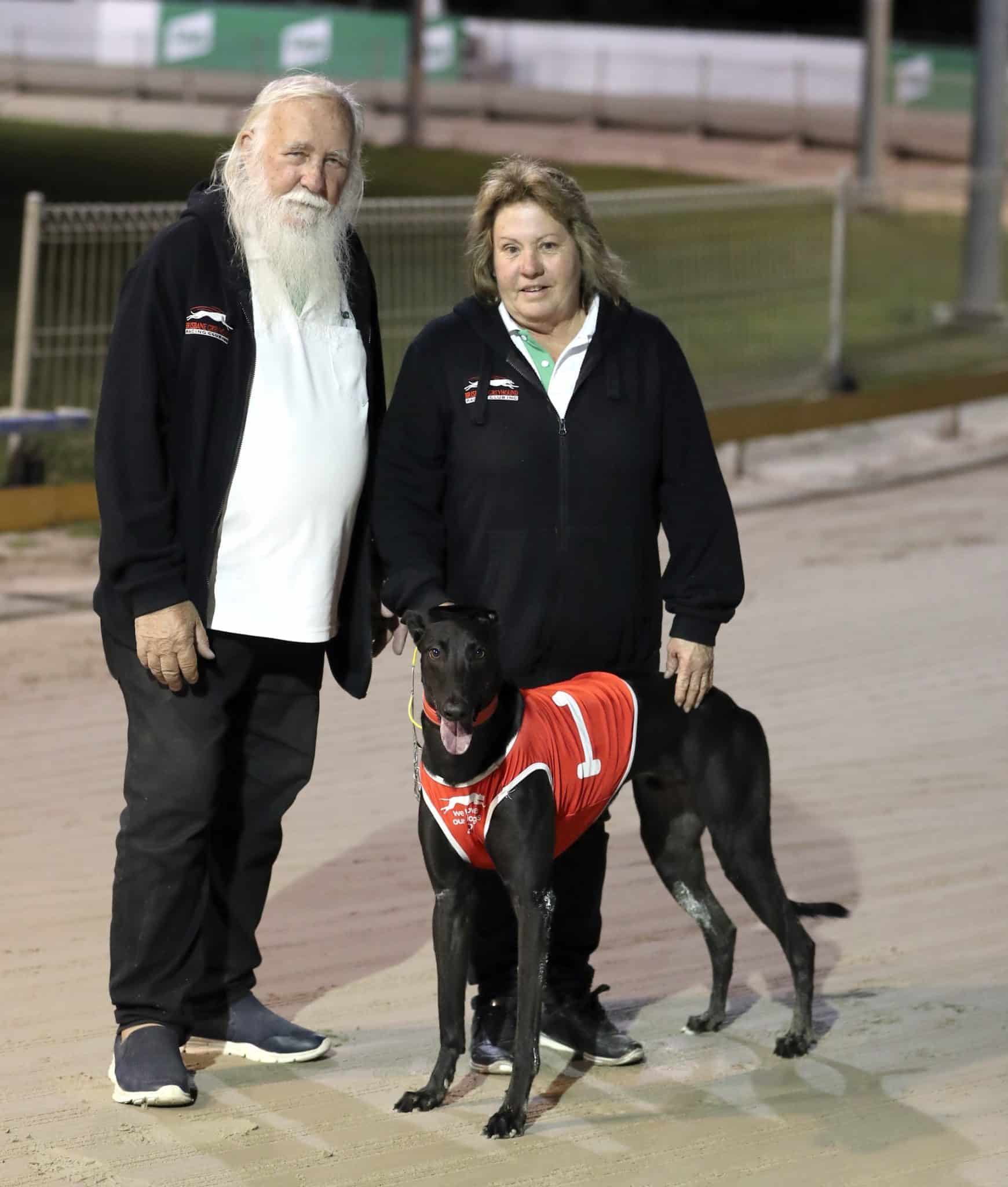
Caption: Park Ridge trainers Steve Woods and Kerri-Lyn Harkness with one of their sprinters. (Photo: Just Greyhound Photos.)
By MIKE HILL
VETERAN trainer Steve Woods says he lives in one of the ‘most popular greyhound streets’ in Queensland.
“At one stage about 500 dogs were kennelled on acreage along the road,” said the Park Ridge conditioner, who we feature in this month’s The Trainer column.
Woods arrived at his property in the early 1970s after picking up a lead and collar a few years earlier when living at West End, an inner Brisbane suburb.
“I had just left the Army after doing my National Service,” he said.
“I had a group of mates and we were mad punters.
“One day one of my mates said, ‘We’re buying a dog’ and as I was the only one who had a house, I was given the job as trainer.
“It just went on from there.”
Woods, who shares his love of greyhounds with partner of 35 years Kerri-Lyn Harkness, then moved to his current Park Ridge base and has gradually built up his team over the years.
When he left West End, Steve had three or four dogs, while today he and Kerri-Lyn have 16 dogs in work as well as some youngsters coming through.
“Kerri-Lyn and I work on the dogs together; it’s definitely a team effort,” he said.
A long-time owner-trainer, Kerri-Lyn activated her trainer’s licence last year and in recent months has experienced feature success with her smart sprinter Fancy A Scotch.
Woods said over the years some leading trainers, including Hall of Fame inductee Mike O’Byrne, had been based in their street.
“Mike was one of the top trainers. He had the wonderful chaser Hopeful Doll,” he said.
(O’Byrne trained two Queensland greyhounds of the year, Amanda Flash in 1985 and Musical Maestro in 1989; won five Gabba training premierships, 1982-’85 and ’88 and six Gold Coast premierships.)
Woods said his current neighbours are the likes of Tom Tzouvelis, Jedda Cutlack, Greg Stella, Tarquin Neal and Jemma Daley.
A carpenter by trade, he spent more than 50 years in the building industry before hanging up his tool bag to concentrate on his dogs.
He admitted he’s had a few health issues of late and said a back operation four years ago had slowed him down.
“It does restrict what I can do; and I can’t walk long distances,” Steve said.
“Also I have recently been diagnosed with diabetes.”
In July, he rugged up what he thought was his first winning treble as a trainer at Ipswich.
At the time, Woods said he wasn’t sure, but ‘I think it is my first treble’.
“I just can’t remember if we’ve had three winners before,” he said.
“I know I’ve had doubles over the years.
“It was a really good day for us,” adding that he still enjoyed having a punt.
1: How and when did you get involved in greyhound racing?
A: Back in 1971 I had a few mates that as young blokes we were mad punters on all types of racing. Two or three times a week we’d go to horses, trots or dogs. One of my mates came round with a greyhound, we all put in a couple of dollars to pay the stamp duty on the transfer and we became owners. As I was the only one who had a house (rented) I became the hands-on trainer. Not long after that I bought acreage at Park Ridge for a larger involvement.
2: Who has been the greatest influence on you as a trainer?
A: Many. I had a business where I would do building work and maintenance on houses and that included anyone who asked. Many greyhound people over the years asked for my services. So in doing so I would see many different ideas of how people were training; what their kennels were like and I would ask as many questions as I could.
3: At what age do you start preparing a pup for racing?
A: As soon as a pup goes into a paddock, say eight to 12 weeks old. They are a sponge, just like a human child. They want to learn. So, as in our case, we have objects they can tug and toss around to compete with. We have a rotating arm in their paddock like a large tee where on one arm is a thick large rope with a knot in it, while another rope is fixed at the other end. They grab and tug.
4: How long does it take to prepare a pup for its first race?
A: Normally several months. We use our straight drag lure to introduce them to our starting box. When ready we bring pups into the kennel. We then take them to the Ipswich track and start with short slips, finishing on the arm in the pen. When we are fully confident they are chasing well and fit, we start trialling out of the boxes. A lot of our time is taken up making pups comfortable and confident getting into and jumping from the boxes, so it’s second nature to them.
5: What makes a good pup?
A: We look for good conformation and I am really happy when they have natural ability. You’re looking for a happy and contented dog, one that gets on with other dogs and it’s great if they can switch on and off as needed.
6: Do you do anything special when preparing a young dog for its maiden compared to a seasoned performer?
A: We always try to find a suitable track and distance to start a dog on.
7: Do you have a set routine for all your greyhounds or do you vary training for individual runners?
A: Basically it’s all similar. But sometimes a dog’s needs will require it to be treated differently. Say extra box work, different track, sometimes different foods or supplements, if we think. That’s where past experiences can help a lot.
8: Do you have any unique or unusual methods you would like to share in regard to training?
A: Just use commonsense, ask around and monitor your dog. Watch out that it’s not too hot and if he’s excitable, take him home. You can trial him another day. Be patient.
9: Do you swim your dogs as part of your training regime?
A: When I have access to a suitable pool. We are currently planning a swimming pool – a lap pool – for our dogs.
10: How frequently do you like to race your dogs?
A: Some dogs back up, some don’t. If all is good and the dog is pulling well, no injuries and depending on the distance, it should be able to maintain racing once a week for a few starts. The age of the dog and the grade always play a huge part too. His form will be the proof as to what he wants.
11: What’s your training routine for dogs between races?
A: We rest them the day after a race. We check for any injuries and start treatment plans if needed and watch them closely for any changes.
12: Do you do all muscle work on your dogs and treat all injuries?
A: I think as with most trainers, we do a lot of our own muscle and treatments. But when necessary we use our vets and rely on their advice.
13: Which is the best greyhound you have trained?
A: Two dogs stand out – Gowrie Sobers and Icy Profit, who raced many years ago. They have a very soft place in my heart.
14: What do you consider is the best greyhound track in Australia and why?
A: Not too sure on this one. I have always thought that the Hobart 450m start gives all dogs a fair go.
15: What does the industry need most going forward?
A: Good, safe tracks. Here in Queensland we have The Q facility being constructed. I think we will fly here in the next few years with The Q as our flagship. It should bring more people into the industry. Great for our sport.
16: What is the best advice you could give someone just starting out as a trainer?
A: Choose a mentor, if possible, who’s honest and is doing well that will help you learn the ropes. Be patient, listen to all and try to sort out the BS from the good advice and use logic.



